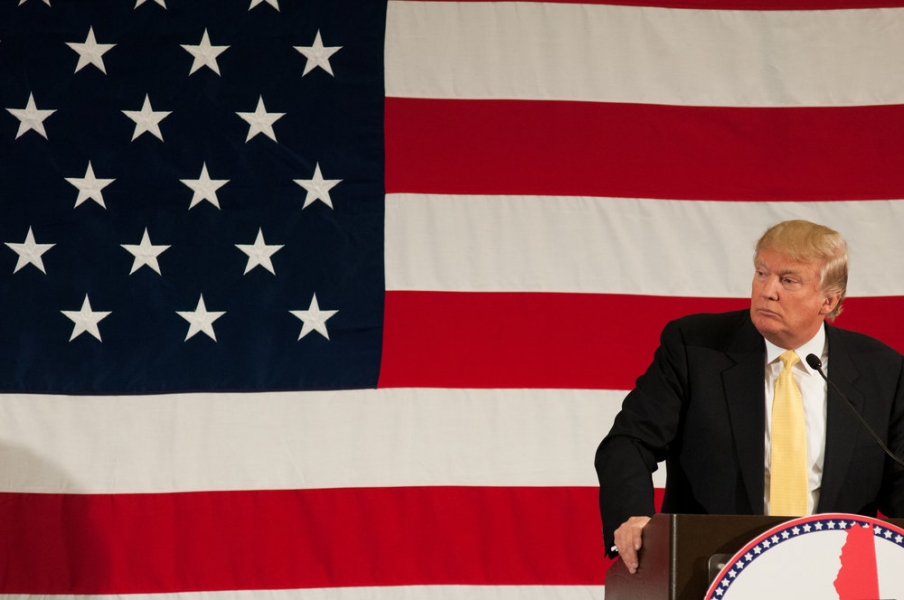Focus on the facts not the man.

The dust settles II – America’s rust-belt Brexit
An unlikeable man has been elected as president of the United States of America. That is worthy of debate in Washington coffee shops for a few days maybe. But for global markets to react with such volatility is frankly absurd.
Normally serious and intelligent people seem to have lost a sense of perspective. President-elect Donald Trump is not the first person to hold office in the West with non-centrist and uncomfortable views. Those of us old enough to recall the mid to late 20th century will remember when centrist liberal politics were the domain of minor parties.
That’s not to say we should be complacent. Some of President-elect Trump’s promises, particularly those made during the primaries, were extreme and, frankly, almost impossible to fulfil. The man is not even President yet, but the copper price has soared due to the expectation that he will build, I don’t know, 50 airports or highways or ports in his first year. Ok, I am exaggerating – but so are the markets.
I think investors are getting ahead of themselves with just how much of an impact Mr Trump will have.
Let’s look at infrastructure and wages. Trump wants to stimulate GDP growth, aiming for 4%+ by investing in infrastructure. He believes this is one way he will generate wage growth for the lower-middle and working classes. Trillions of dollars has been the figure bandied about. Well, let’s burst that bubble now – that much will not be spent and certainly not next year. Mr Trump’s boasts are about aims and the direction of travel, not detail.
To invest in infrastructure he will need to borrow more, tax more or reallocate spending from the existing budget.
To borrow more, the Federal Reserve will have to issue treasuries. Therefore the idea that Mr Trump will allow the US to default on its debt is ridiculous, as it would push the cost of borrowing through the roof. Again, the potential for soaring borrowing costs prevents him following through on his threats to slap tariffs on foreign competitors. He cannot alienate the Japanese or Chinese with large tariffs, given their extensive treasury holdings because they could dump their treasuries and send American borrowing costs skywards. (I will come back to protectionism in my next blog.)
So, tax. Mr Trump advocates tax cuts not rises. He is gambling that lower taxes increases the revenue take. This is mainstream right-of-centre-thinking. So is his hope that a reduction in corporate tax rates will encourage companies to bring back profits to the US. However, these policies will not come anywhere close to paying for an infrastructure bonanza, let alone a balanced budget.
Finally, he can reallocate spending – for example, from healthcare. Whatever we may think of this from a moral perspective, it is not an extreme economic policy. Although, Mr Trump’s current healthcare policy actually adds $50bn to the nation’s deficit. So a reallocation from defence, perhaps? Mr Trump has said he would increase that spending by $450bn …
All I can say is, you don’t get elected by talking about spending cuts. You get elected by promising the impossible. Once you’re in power, that’s when reality kicks in.
As an investment manager, I have to focus on the execution of policy and the likely economic consequences; I have to focus on reality. And, so far, facts are in short supply.
I will leave it to others to invest on rhetoric and personalities.

